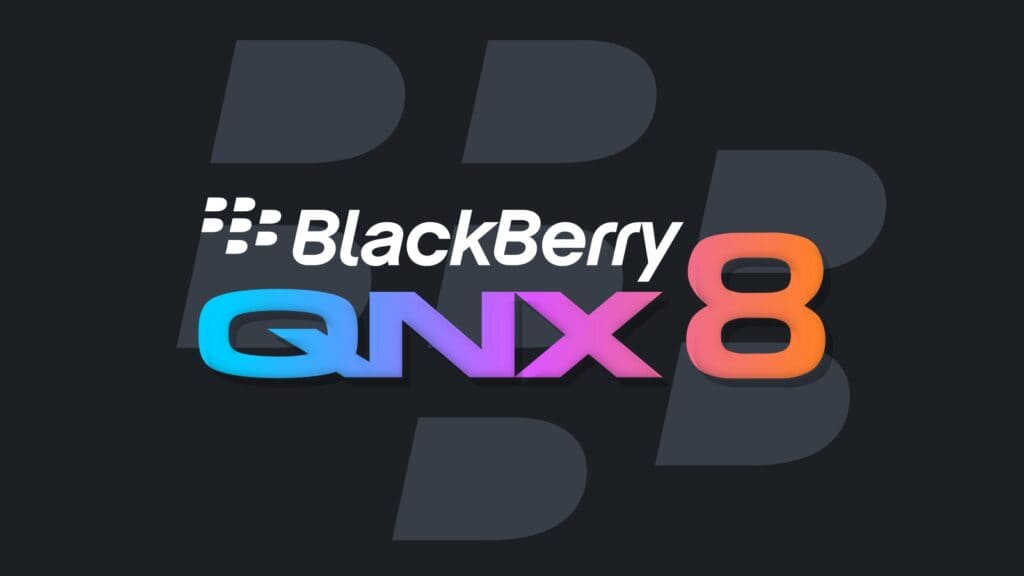QNX, a UNIX-like OS with over four decades of history, currently owned by BlackBerry, now offers free access to QNX 8 (the initiative is called QNX Everywhere) for non-commercial use to foster innovation and skills development in the embedded systems community by making the software accessible to a wider audience.
Wait, you haven’t heard of QNX? Let me explain—it’s not your typical OS for everyday computing needs. Instead, it is a real-time operating system (RTOS) known for its microkernel architecture, primarily designed for embedded systems that require high reliability, stability, and performance. QNX Software Systems originally developed it and was later acquired by BlackBerry in 2010.
Ah, but it wasn’t always this way! I remember the first time I installed QNX, back when it had its own graphics environment called Photon (this strange right-placed vertical panel immediately popped up in my mind). It even included a few essential apps like a web browser and a mail client, making it (almost) usable as a desktop system.
I’m talking about the early 2000s when getting an X graphics environment on Linux was a big deal—a nearly impossible task for most people and certainly a reason to celebrate. But those days are long behind us now. Today, QNX is a completely different kind of animal.
It’s widely deployed in critical environments, primarily in automotive systems but also in medical devices, industrial automation, etc. Believe it or not, the OS now powers the systems in over 250 million vehicles worldwide. Anyway, back to the topic.
By offering free access to QNX 8, BlackBerry aims to empower individuals to explore, learn, and develop on the platform without the traditional cost barriers. It is ideal for hobbyists, students, and industry professionals interested in embedded systems for non-commercial purposes.
Getting started is simple. QNX 8 is available for free, allowing developers and hobbyists to easily obtain a license and gain access to practical development tools, training, and community resources. So, you can begin building projects and experimenting with real-time embedded systems without cost—all with the latest and greatest BlackBerry QNX offers.
To support your learning journey, QNX provides starter images and demo samples that you can easily access on their GitLab and GitHub repositories. You also get access to its open-source demos and detailed documentation.
Once again, BlackBerry’s license grants free access to the QNX 8 only for non-commercial purposes. This means you can use it for educational purposes, personal projects, or other activities that don’t generate revenue or business operations. Not to be confused with open source either – QNX is a closed-source OS.
Lastly, the free license does not extend to commercial use. A separate 30-day evaluation license is available for individuals or companies looking to evaluate QNX commercially.
For more information, refer to the BlackBerry’s announcement.
